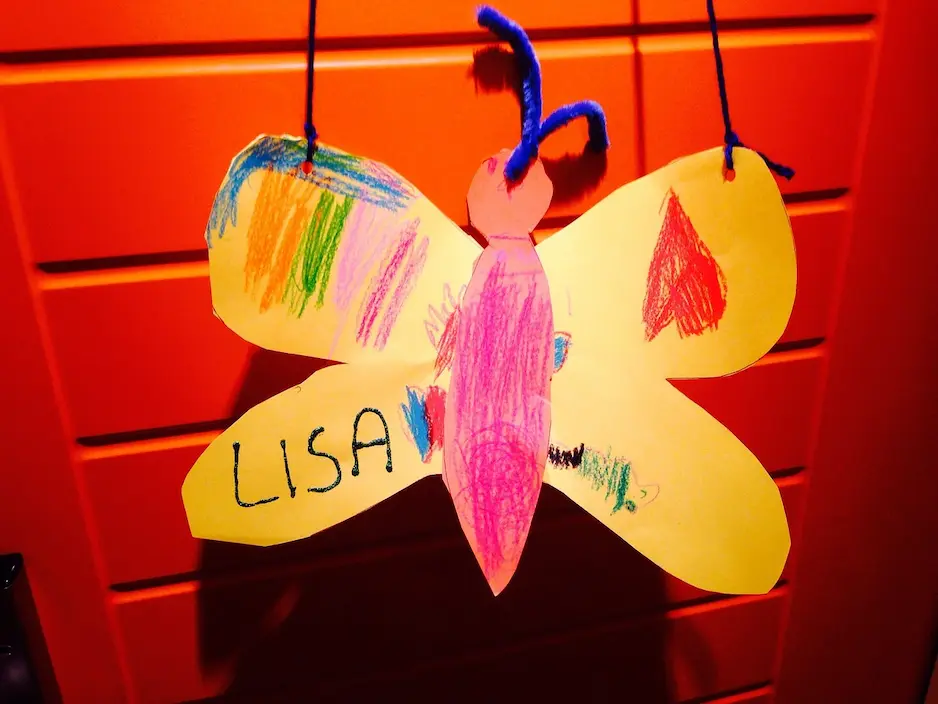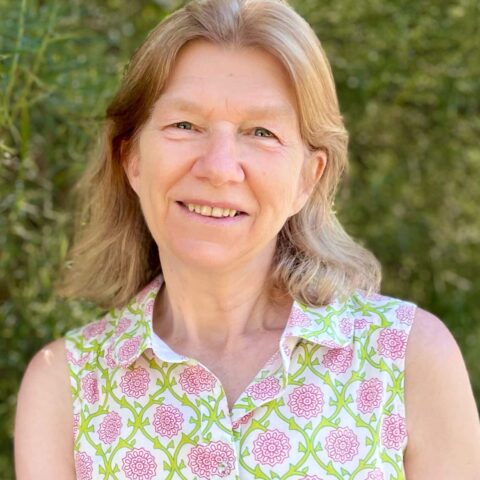This article explains why knowing names is so important, and shares five practical ways to help you learn and remember the names of your Young Learners or kindergarten children – as well as a few tips for handling names you find unfamiliar or hard to pronounce.
Why is learning names important?
When you meet a new class of Young Learners or kindergarten children, one of your first priorities should be settling the children and getting to know them. That starts with learning the name of every child – including how to pronounce and spell it correctly.
Names are part of our identity. They’re an introduction to who we are, and learning them sends the message that you’re interested in each child as an individual. It also reinforces the idea that your classroom is an inclusive space where every child is equally important – not just the more confident ones who may be quicker to speak up.
For more tips on managing classroom dynamics, see our guide on how to stay in control of a large class.
Feeling settled = Ready to learn
Equally important is helping the children learn each other’s names. This is a natural part of making friends, but it also helps create a positive, supportive group atmosphere in the classroom – and that sense of belonging helps children feel settled more quickly.
Why is this so important? Because teaching Young Learners is about more than just language. It’s a holistic process that supports their personal, social, and emotional development too. For more ideas on this, see our article on 10 Ways to Create a Positive Classroom Environment with Children.
A young child who feels settled is a child who is ready to learn. Learning their names is a simple but powerful way to help them feel secure and included.
Is the teacher’s name important too?
Yes – learning names works both ways. It’s just as important for the children to know and use your name.
When they know your name, it’s easier for them to get your attention when they need it. Make sure they hear you say your name often at first, while gesturing to yourself. Use a phrase like “My name is…” so they hear and start to use that useful language too.
Here’s another idea: after saying your name and gesturing to yourself, cup your hand behind your ear and say, “What’s my name?” to invite them to say it back. If nobody responds at first, just smile and repeat it yourself. Very soon, one or two children will remember and say it – and then others will join in.
Looking for ready-made Young Learner lesson plans? Have a look at our Resource Packs:
5 ways to remember names in your Young Learners class
Here are five simple and effective ideas to help you learn the names of the children in your class – and help them remember yours too.
1. Name badges
Invite the children to make name badges. Support them as needed, since many may not yet be able to write their own names. Simply write the name for them if necessary, and let them decorate around it. This also makes a nice home–school link when the children go home wearing their badges.
2. Name cards
Similarly, you can make (or better yet, invite the children to make and decorate) large name cards, using letter templates if you have them. Spread them out and ask the children to find their own card and place it somewhere visible, such as on the wall or at their seat. This helps them feel they belong and reinforces name recognition.
When making badges or cards, remember the creative process is more important than the end result. Celebrate whatever they produce – and simply step in to help if needed to make the name legible.
3. Names on the board
Write all the children’s names on the board or a large sheet of paper where everyone can see. Invite each child to come up and point to their name as you say it. Be ready to support, as some may not yet recognise their own name in print.
4. Photos and names
Ask each child to bring in a photo of themselves (or take one at school if you can). Display them on the wall at child height, with their name written underneath (or written by the child if they can). This reinforces their sense of belonging and helps everyone learn names.
Always ensure you have written permission from parents (or via the school) to take and display photos of the children.
5. Name ball game
Sit in a circle with the children and throw a ball to them. As each child catches the ball, have them say their name out loud. Or, pass the ball around and when you say “Stop”, the child holding it says their name. As confidence grows, encourage them to say “My name is…” followed by their name.
How to remember unfamiliar or difficult-to-pronounce names
If you come across names that are unfamiliar to you, or you’re unsure how to pronounce or spell them correctly, don’t guess – ask the parents or the school. Parents appreciate the effort, and it helps build a positive home–school relationship.
It can also help to jot down a phonetic version of the name as you hear it, to help you remember the correct pronunciation. At the same time, make sure you learn the correct spelling too, so anything the children take home is spelt properly.
Final thoughts
Taking the time to learn the names of your Young Learners – and helping them learn yours and each other’s – sends a powerful message that you care about them as individuals.
These are strategies I’ve used successfully in my own Young Learner classrooms to help children feel included and ready to learn.
Think about how it feels when someone remembers your name straight away, or even after a short time – it feels good, and it builds trust.
So invest the time at the start of term to learn every child’s name, and make it fun using some of the ideas above. You’ll quickly see the rewards of that initial effort, and so will your students.







